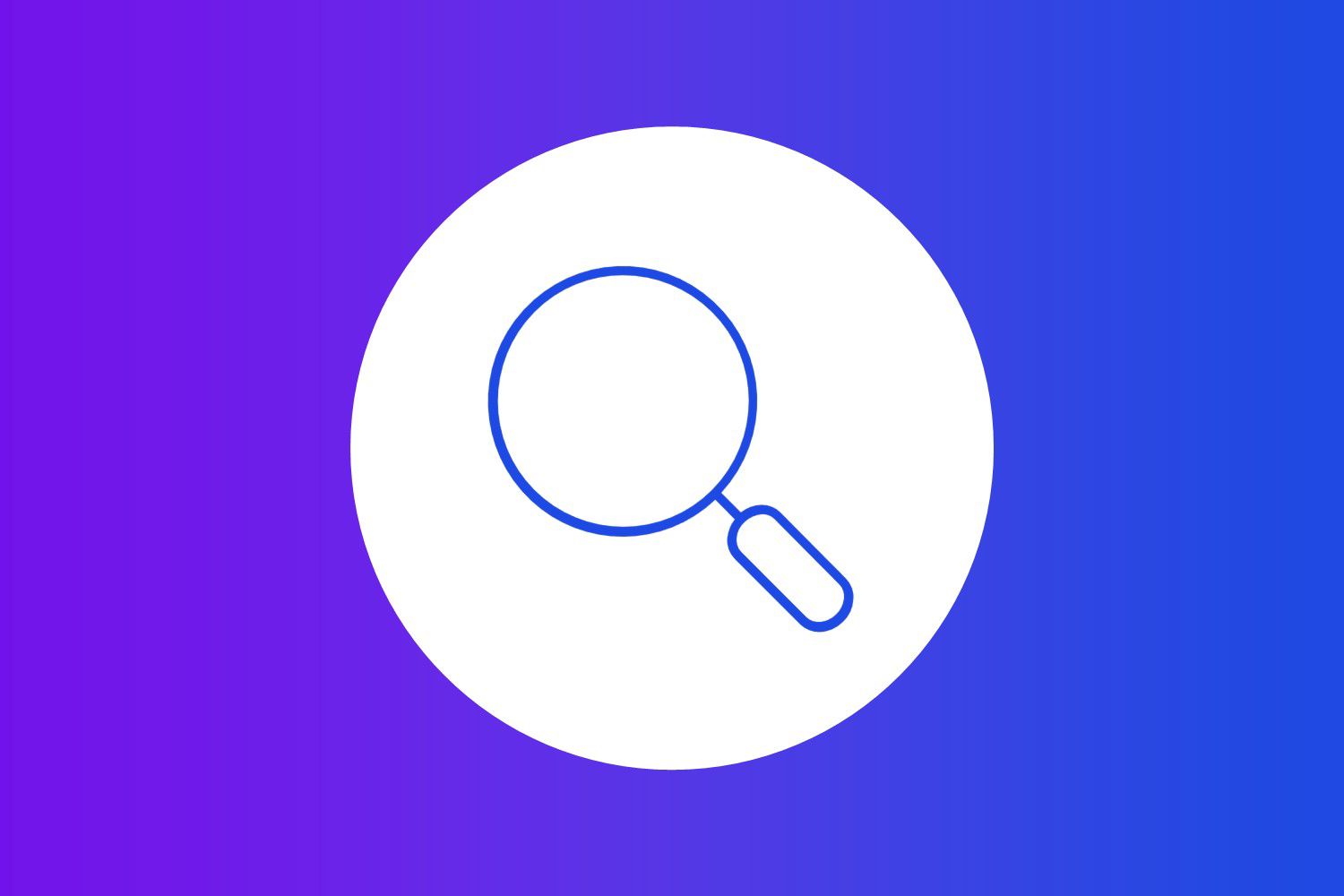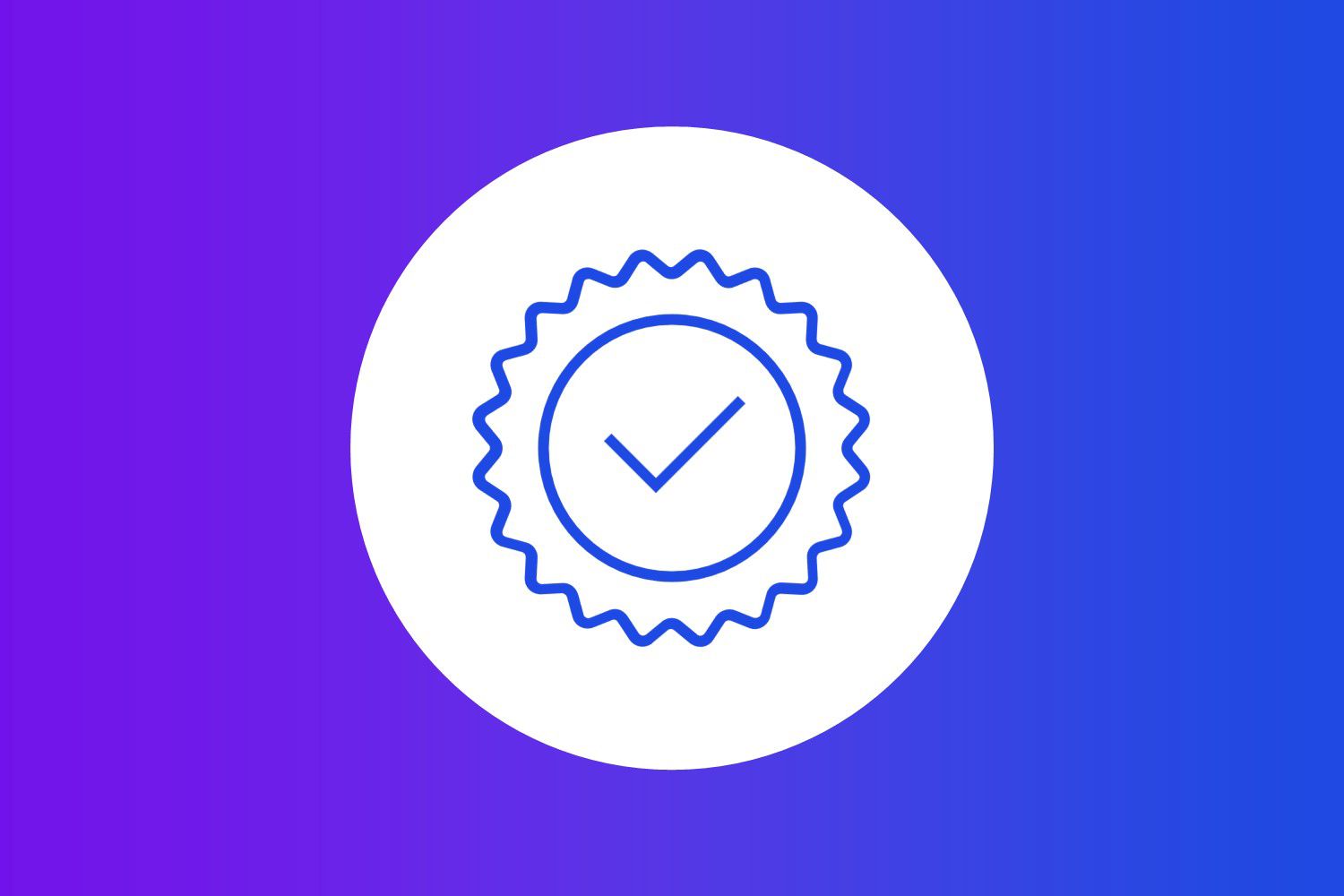How can companies digitalise business processes faster, easier and more efficiently? Low-code/no-code (LCNC) platforms such as the Microsoft Power Platform provide the answer. According to Gartner estimates, around 70 per cent of newly developed business applications will be based on LCNC platforms by 20251. The combination with artificial intelligence (AI) looks particularly promising: according to a recent KPMG study, 88 per cent of the companies surveyed stated that they are very interested in combining AI and low code2.
Companies that have already gained initial experience with the Microsoft Power Platform quickly recognise its enormous potential: as one of the leading low-code/no-code (LCNC) platforms, it enables complex business processes to be automated efficiently, data to be transformed into valuable insights and customised applications to be developed without in-depth programming knowledge.
The integration of AI into the Microsoft Power Platform now opens up further possibilities that further increase the benefits of the platform. However, in addition to this potential, there are also challenges that should not be underestimated. A Centre of Excellence (CoE) can help to exploit this potential safely and fully.
On this topic page, you can find out what challenges and opportunities arise for a CoE for the Power Platform as part of the AI revolution and how you can prepare for it in the best possible way.
1. What the Microsoft Power Platform has to offer
The Microsoft Power Platform is one of the leading LCNC platforms and stands in particular for the democratisation and scaling of software development in the company. It enables specialist departments to develop digital solutions directly where they are needed - supported by the expertise of a CoE. With over 1,000 predefined connectors, it is also an impressive integration platform that makes it possible to connect a wide variety of systems and data sources.
The integration of AI expands these possibilities considerably: the platform offers ready-to-use AI components, for example for text generation, image recognition and document classification, and also increasingly supports the implementation of solutions using natural language.
These developments not only increase the functional scope of the implemented applications and workflows, but also make the platform more accessible, especially for employees in specialised departments. This increases the speed of development - but at the same time, there is a growing need to create suitable framework conditions to ensure the secure and compliant use of the Power Platform.
The combination of an easily accessible LCNC platform and AI therefore poses not only technical but also strategic challenges for IT decision-makers and managers, who must ensure that their platform investments are secure and successful in the long term.
Have you already taken your first steps and learnt about the benefits, but also the challenges, of the Microsoft Power Platform?
Below, we explain why a Centre of Excellence is not only essential for the successful use of the Microsoft Power Platform, but also plays a central role in unlocking the potential of AI securely and efficiently.
The CoE enables secure, scalable and value-adding use of the Power Platform. The definition of technical and organisational governance structures and targeted support for the specialist departments create the basis for sustainable scaling of the platform within the company. At the same time, risks such as shadow IT, compliance violations, security gaps and unclear responsibilities are reduced.
In practice, the CoE is often anchored in the IT department and works closely with the specialist departments to act as a central interface between technology and business.
Practical example: Telekom Mobility Solutions
KPMG has supported Telekom Mobility Solutions (TMS) in the implementation of low-code solutions on the Microsoft Power Platform. The Center of Excellence now acts as a partner and enabler for citizen developers by enabling employees without programming skills to develop digital solutions independently. Through targeted workshops and training, the CoE provides employees with the necessary skills to use low-code technology, promotes the identification of new use cases and contributes to the rapid and flexible digitalization of processes
Read more about the Telekom Mobility Solutions Use Case here.
2. Why low code and AI belong together
In order to understand the potential of integrating AI into LCNC platforms, it is helpful to understand the basic approaches and developments in this area:
LCNC platforms are based on visual programming, prefabricated components and a simple formula language.
The Microsoft Power Platform enables developers to develop software in an intuitive way through the use of generative AI. Instead of traditional programming languages, users can now start development with natural language descriptions - for example, by specifying that they need an app for logbook documentation or a chatbot that automatically answers internal IT enquiries and forwards them as required. The platform interprets such requirements based on context and then generates the first functional applications or automations. This not only speeds up the development process considerably, but also makes it more accessible for people who do not have in-depth programming knowledge.
By providing ready-to-use AI components and easy integration, LCNC platforms enable developers to use artificial intelligence without the need for in-depth expertise.
The Microsoft Power Platform, for example, offers a range of AI functions with the AI Builder that can be easily trained and integrated into various solutions. Microsoft Copilot Studio, another Microsoft Power Platform tool, is closely linked to this. Copilot Studio allows both professional developers and IT-savvy employees from specialist departments to create so-called agents that will be able to operate largely autonomously in the background and automate long-running business processes in the future.
The use of generative AI in software development represents a logical development of the "no-code" approach. Not only can AI be integrated into the solutions created, but it also enables the use of a developer tool that is accessible to everyone: natural language. This further promotes the democratisation of software development.
The Microsoft Power Platform enables developers to use natural language processing (NLP) and generative AI to develop software in an intuitive way. Instead of traditional programming languages, applications, workflows and agents can now be created using natural language descriptions. This not only speeds up the development process considerably, but also makes it more accessible to people who do not have extensive programming skills.
(in German)

These developments indicate that not only will significantly more solutions be implemented and used in companies in the future, but that they will also be more powerful and versatile.
This increases the need for clearly defined governance, security and compliance guidelines and their enforcement. A powerful CoE will be crucial in overcoming these challenges - from identifying new use cases and creating the technical requirements to ensuring the compliant and efficient use of AI functions.
3. What AI means for a centre of excellence
The pressure on the CoE is growing - it must now take on five central tasks in order to not only meet the challenges of the AI revolution on the Microsoft Power Platform, but also to utilise the associated opportunities in a secure and scalable manner:
As an interface between IT and business, the CoE helps specialist departments to recognise the possibilities of the platform, to identify promising new use cases and to evaluate and catalogue them. This catalogue is an important tool in determining the business added value inherent in the Microsoft Power Platform. With the increasing integration of AI functionality, it must also be ensured that all use cases not only create added value, but also comply with ethical and regulatory requirements, such as those defined in the EU AI Act.
The speed at which the Power Platform is developing is increasing all the time. New AI-based functionalities are constantly appearing, which must be analysed by the CoE in terms of their benefits and maturity. In addition to checking conformity with data protection and compliance guidelines, it is also necessary to analyse whether and how these features can be integrated into existing processes, structures and best practices.
The CoE provides comprehensive training programmes that not only raise awareness of the fundamentals of AI, but also specifically teach how to use the AI functions within the Microsoft Power Platform. This ensures that developers gain a solid foundation in the field of artificial intelligence and are aware of the associated opportunities and risks, as well as any transparency and documentation obligations. On the other hand, developers are specifically prepared to optimise the use of Power Platform tools.
The CoE actively promotes company-wide collaboration in order to strategically coordinate the use of AI on the Power Platform. This is not only about compliant and ethically responsible use, but also about sharing best practices, identifying synergies and avoiding redundant developments. Regular dialogue formats with specialist departments as well as with legal and compliance departments help to address legal issues at an early stage - and at the same time promote the transfer of knowledge across departmental boundaries. The CoE is therefore part of a more comprehensive overall concept for dealing with AI throughout the company, which requires close coordination between all relevant departments.
Depending on the risk and complexity of the respective use case, the CoE defines and implements specific monitoring and documentation requirements. This also includes the regular review of existing solutions. Clear documentation processes create transparency with regard to functionality, data utilisation and possible effects of the solutions. The CoE communicates findings from monitoring or collaboration with the specialist departments to IT, which is responsible for the technical operation of the platform. Conversely, IT informs the CoE about operational requirements or changes so that governance and operations are closely interlinked. The monitoring and documentation requirements are also communicated to citizen developers as part of the training measures.
By taking on these central tasks, the CoE ensures that the Microsoft Power Platform and its AI functions are integrated into everyday business life in the best possible way and contribute effectively to digital transformation. At the same time, the risks associated with uncontrolled use of the platform and its AI components, such as loss of control, compliance violations or inconsistent quality standards, are minimised.
4. Conclusion
The rapid technological progress of the Microsoft Power Platform, particularly through the increased integration of AI, brings with it both opportunities and risks. In this context, the CoE plays a key role: it takes on a variety of tasks - from governance and ensuring compliant use to the targeted empowerment of specialist departments and developers. A well-organised CoE ensures that the specialist departments have a reliable partner at their side to help them implement innovative ideas.
The CoE is therefore a key success factor that can determine whether the Microsoft Power Platform is perceived in your company as just one of many platforms - or whether it is used as a strategic tool that makes a significant contribution to achieving your corporate goals.
Are you ready to utilise the full potential of artificial intelligence on the Microsoft Power Platform? KPMG has extensive experience in developing customised AI solutions on the entire Microsoft technology stack and in planning, building and operating a centre of excellence.
Talk to our experts and find out how you can fully utilise the benefits of AI on the Power Platform while complying with regulatory requirements.
Further contacts
Stay up to date with what matters to you
Gain access to personalized content based on your interests by signing up today
Michael Niederée
Partner, Consulting, Technology Transformation
KPMG AG Wirtschaftsprüfungsgesellschaft
Marc Schäfer
Senior Manager, Consulting
KPMG AG Wirtschaftsprüfungsgesellschaft
Connect with us
- Find office locations kpmg.findOfficeLocations
- kpmg.emailUs
- Social media @ KPMG kpmg.socialMedia






